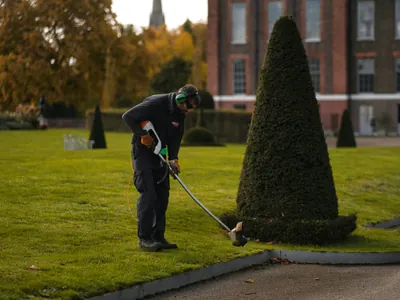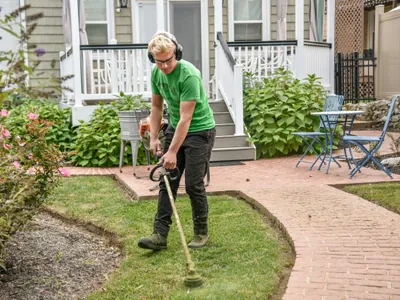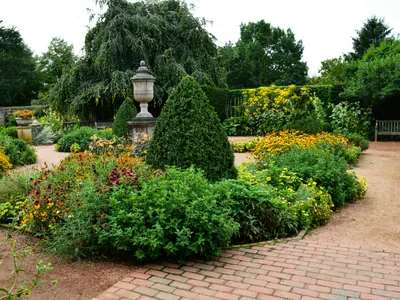Flower Bed Design: Color and Texture Planning

A well-designed flower bed can be the stunning focal point of your landscape, providing color, texture, and interest throughout the seasons. The key to creating a beautiful, cohesive garden design goes beyond just picking pretty flowers; it involves thoughtful planning of color combinations, plant heights, and textures to create a harmonious and dynamic display.
🎨 Principle 1: Plan Your Color Palette
Using basic color theory can help you create a visually pleasing garden.
Monochromatic
Use different shades and tints of a single color (e.g., various shades of pink) for a serene and sophisticated look.
Analogous
Choose colors that are next to each other on the color wheel (e.g., yellow, orange, and red). This creates a harmonious, pleasing blend.
Complementary
Select colors opposite each other on the color wheel (e.g., purple and yellow, or blue and orange). This creates a bold, high-contrast, and vibrant look.
🌿 Principle 2: Use Thrillers, Fillers, and Spillers
This classic design formula works for containers and garden beds alike. Arrange plants in layers:
✨ Principle 3: Vary Plant Texture and Form
Don't just think about flower color; consider the foliage too.
Creating Textural Contrast:
- Combine plants with different leaf shapes and textures.
- Pair fine-textured plants (like ferns or coreopsis) with bold, large-leaved plants (like hostas or canna lilies).
- Use plants with different forms, such as upright, spiky plants next to soft, mounding ones.
Don't forget to plan for sequential blooming. Choose a mix of spring, summer, and fall-blooming plants to ensure your garden has color and interest all season long.
Designing a beautiful garden is both an art and a science. If you need help creating a stunning, season-long flower display for your home, contact the landscape design experts at The Box Advantage Group. We can help you bring your vision to life.

